
Check out these incredible portraits of Native American teen girls from the 19th and 20th centuries. Their traditional attire and proud expressions tell powerful stories of culture and resilience. Each image offers a glimpse into a rich history that deserves to be seen. Keep scrolling!
Pretty Nose, Arapaho
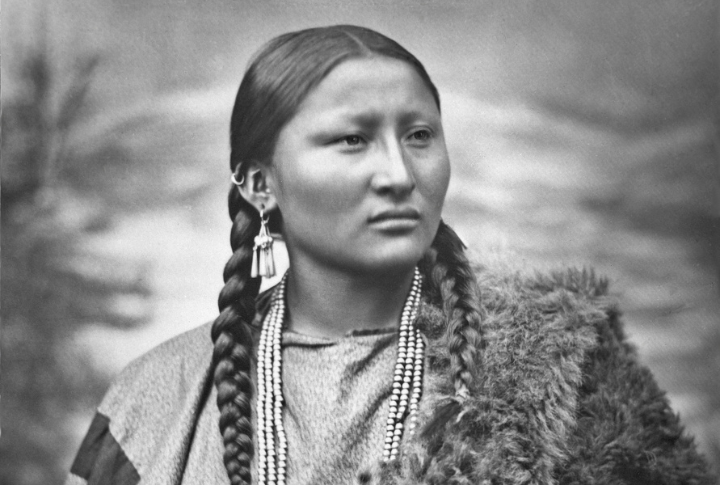
Pretty Nose, an Arapaho girl, was photographed in 1879. It’s suggested that she was a warrior who fought alongside the Cheyenne at the Battle of Little Bighorn, an event that shaped history. The depth in her eyes and the strength in her expression hint at a life shaped by perseverance.
Young Yokut Indian Girl, Tule River Reservation
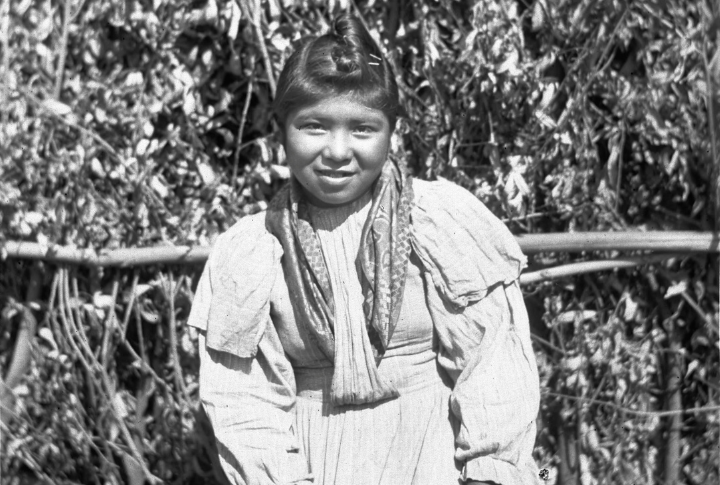
This 1903 photograph of a young Yokut girl from the Tule River Reservation near Porterville, California, captures a moment of quiet dignity. The young girl’s solemn gaze suggests wisdom beyond her years, a reflection of the resilience her people demonstrated despite the pressures of colonization.
Blackfoot Indian Girl
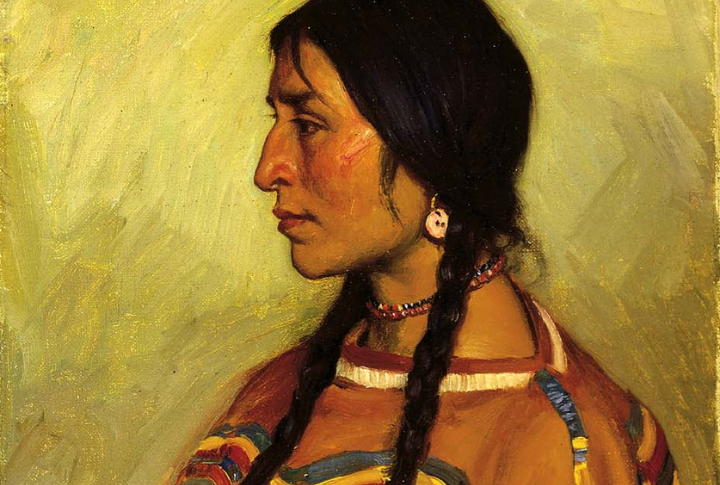
Painted by famed artist Joseph Henry Sharp in 1905, this portrait of a Blackfoot girl is a combination of both artistic mastery and cultural storytelling. Her beaded garments and carefully styled hair symbolize status and identity within her tribe. The girl’s expression offers a glimpse into a world where tradition and change coexisted in an uncertain time.
Taos Girl
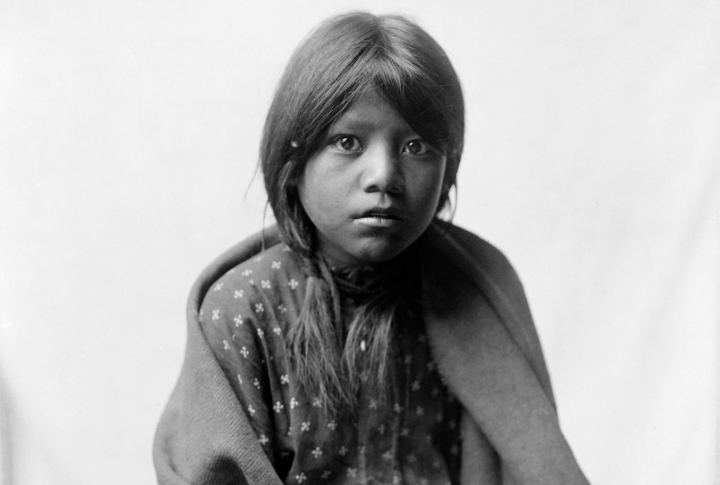
The Taos Pueblo is one of the longest-continuously inhabited communities in North America. This early 1900s photograph of a Taos girl captures more than just her youthful presence. Her hair is parted and braided in a style commonly worn by Pueblo women, reflecting both heritage and social identity.
Kiowa Girl, Molly
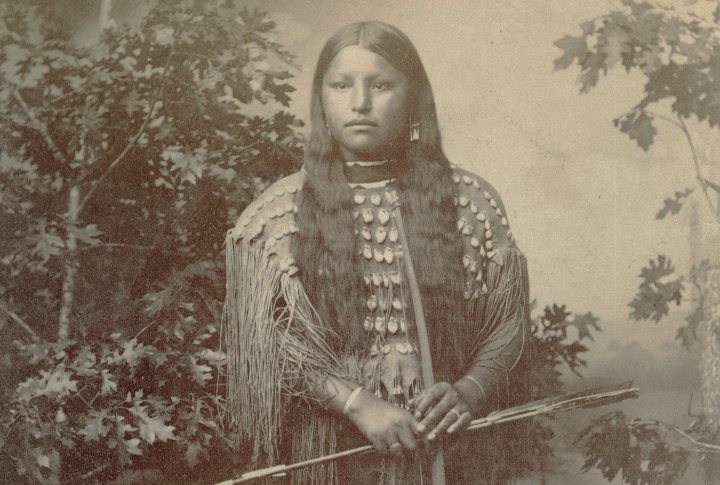
The Kiowa were known for their exceptional horsemanship and strategic battle skills, often traveling great distances across the Great Plains. Molly’s stance, poised and focused, suggests both confidence and skill, traits encouraged in Kiowa youth as part of their upbringing.
Choctaw Belle

Belle’s dress and carefully arranged hair reflect a blending of cultures, an adaptation that Choctaw women navigated with grace. The Choctaw were among the first tribes to adopt elements of European fashion while maintaining their own traditional craftsmanship.
Tootch-Wu-Wu, Hoonah Native Girl
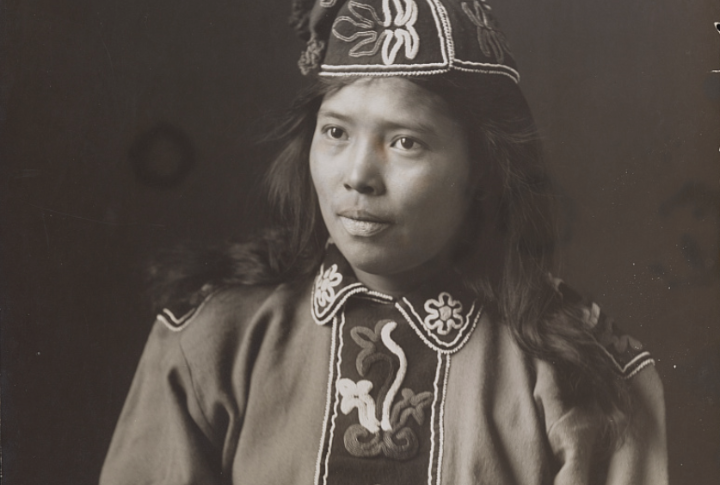
Tootch-Wu-Wu’s clothing is decorated with clan insignias, reflecting her strong connection to her community. Her eyes hold a calm intensity, hinting at a deep link to her ancestors. For generations, they passed down traditions and survival skills through both oral and artistic expression.
Mosa, Mohave Girl
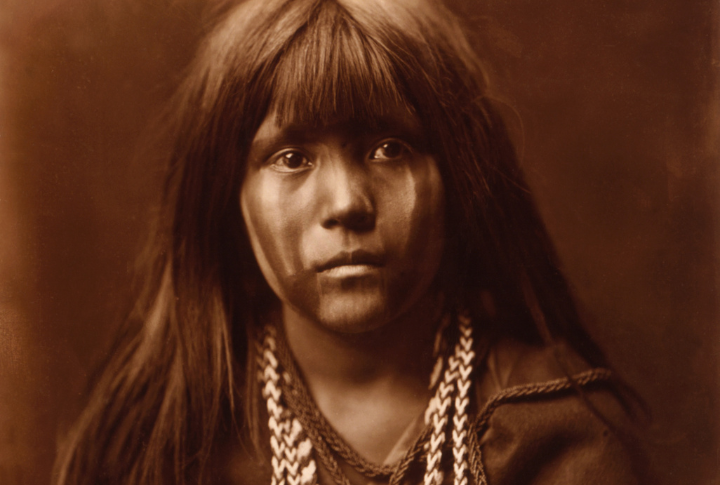
This 1903 photograph of Mosa, a young Mohave girl, was taken by Edward S. Curtis. The Mohave is native to the Colorado River region. Mosa’s layered necklaces were likely made of shells and beads acquired through extensive trade networks.
Hattie Tom, Chiricahua Apache
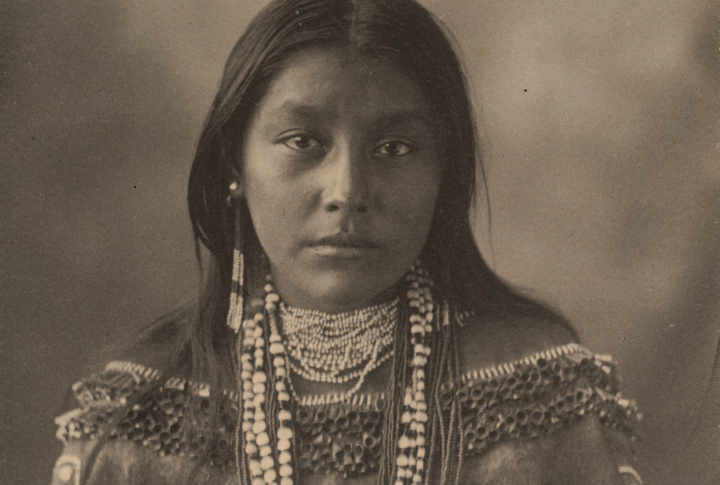
Hattie Tom, a Chiricahua Apache, is captured beautifully in this 1899 portrait by Frank A. Rinehart. Her intense, steady gaze and traditional dress remind us of the resilience and beauty of the Apache people. It’s a powerful image of a young woman proudly holding her heritage.
Hopi Girls
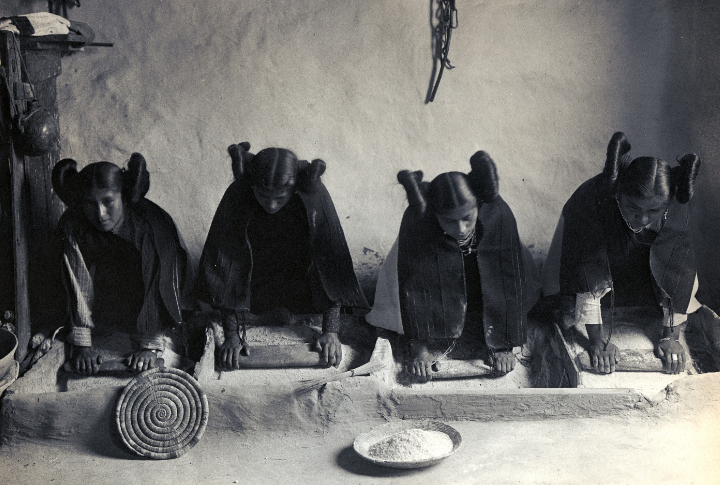
This striking photograph, taken by Edward S. Curtis, captures a group of Native American teenage girls from the Hopi tribe, known for their “squash blossom” hairstyles. This elaborate hairstyle symbolizes their readiness for courtship and future marriage within their community.

